Electricity usage seems to be on the rise in recent years. What this simply means is that people are paying more and more for the luxury of having power in their houses. With the economy being where it is, we know that everyone wishes they could pay less, and you know what? The answer to paying less is to save more energy. It is with that in mind that we have written this article on how to save energy at home. Most of these are simple ways that, if followed, will make a huge difference for you and your wallet.
Use LED Lights
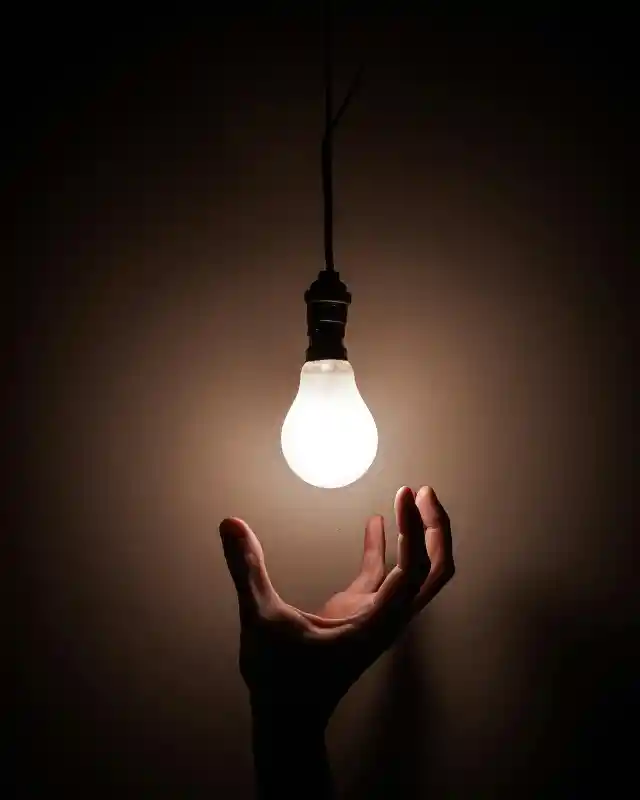
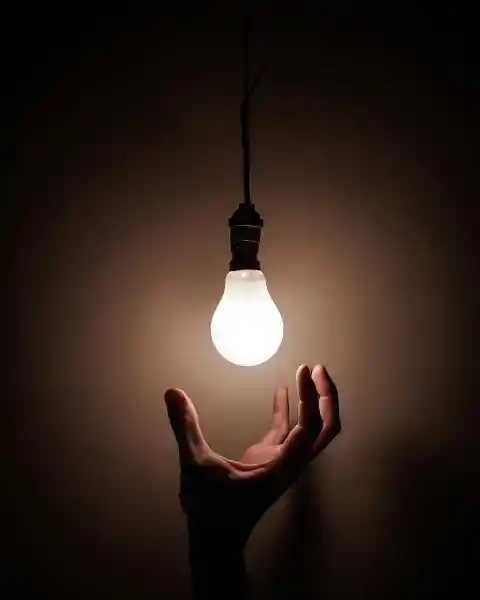
Most homes are still utilizing halogen bulbs and have not updated this. By the way, halogen bulbs are those yellow-looking lights that we all grew up with. They are based on old technology, and hence they are inefficient. That’s where LED lights come into play. On top of being more affordable and more stylish, they are a lot more efficient than the ancient halogen bulbs. That means that they can save you some money as they significantly reduce electricity usage. When I say they reduce electricity usage, they do so significantly. LED bulbs consume up to 90% less energy on top of lasting much longer. Imagine that.
Switching To Efficient Appliances

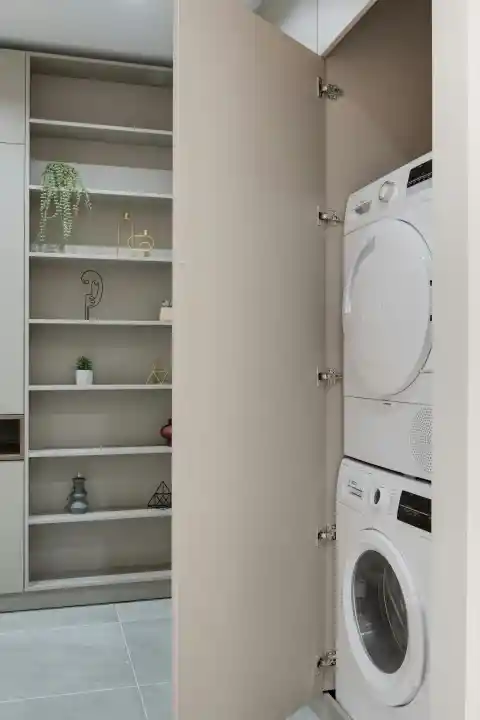
I mentioned ancient technology with the halogen bulbs, but it doesn’t stop there. This ancient technology theme continues with appliances in the house as well. Some appliances use a lot more electricity than their modern counterparts. The two main culprits of this are dryers and refrigerators, as they are two of the most energy-intensive appliances in a home. By replacing your dryer and refrigerator with modern ones, you can get to a point where you can cut your electricity usage by half, thereby reducing your electricity bills. You know what that means, right? It’s money saved for your pockets. Try to make it an essential point to replace your appliances every few years, as modern devices will always be more efficient.
Turning Off The Lights When Leaving A Room
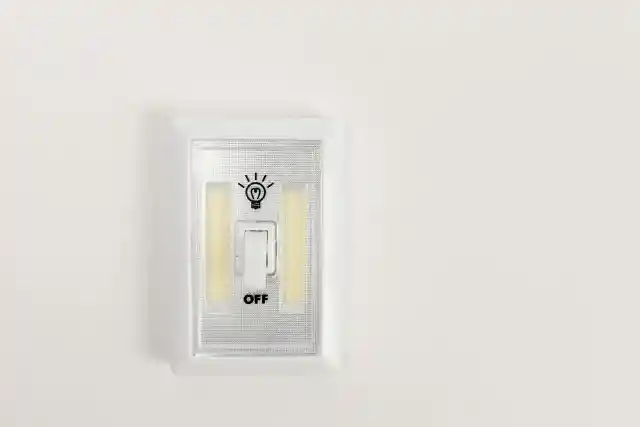
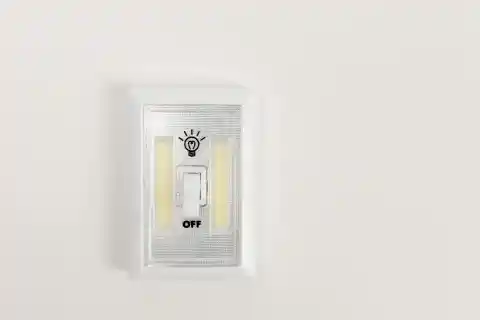
This is an essential but often neglected tip that people don’t put enough weight on. How many times do you leave a room and leave the lights on? If you keep this pattern on when you exit every room in the house, now you have a lot of unutilized electricity in the house, serving absolutely no purpose. That’s a lot of money being wasted right there. Make it a habit to always turn off the house lights, to the point where it becomes a subconscious act. By doing this, you will save a lot of money, and your pockets will eventually thank you for such things.
Unplug Devices


Have you ever heard of “vampire energy?” Also referred to as phantom power, standby power, or idle load electricity, it involves the electricity that devices consume while not actively in use. Most modern electronics have a standby or “off-but-ready” mode that stays connected to a power source, so you can power the device on at a moment’s notice. Common examples include TVs, desktop computers, device chargers, and kitchen appliances. Although, on their own, each device only uses a modest amount of power, the collective impact of all your home’s devices can constitute a substantial portion of your electricity use. This is why it's very important to always unplug devices when not in use. If you care at all about your energy use, please don’t leave devices on standby; instead, unplug them. That’s how you get rid of all this vampire business.
Keep The Thermostat At A Lower Temperature

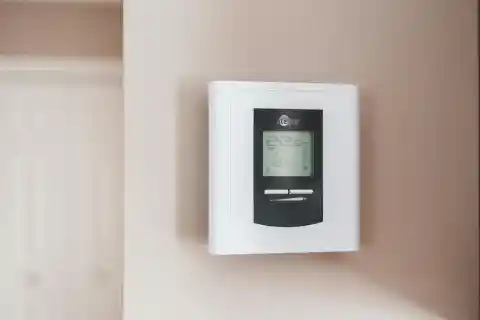
This one is going to bug a lot of people and trust us, we feel your pain, but you must do all you can to keep your thermostat at a lower temperature. This will make an incredible difference in energy consumption while also getting you the required result. We think that a temperature of around 17 degrees will be a sweet spot to get you the savings and the cooling or heating you need. That will prevent any unnecessary thermostat adjustments as each member of the family tries to find their own version of their sweet spot. That’s expensive because each degree of adjustment can save around 3% on your heating and cooling costs. This means that lowering your thermostat by just 1°C during the winter and raising it by 1°C during the summer can save you tremendous costs.
Use Smart, Automated Devices
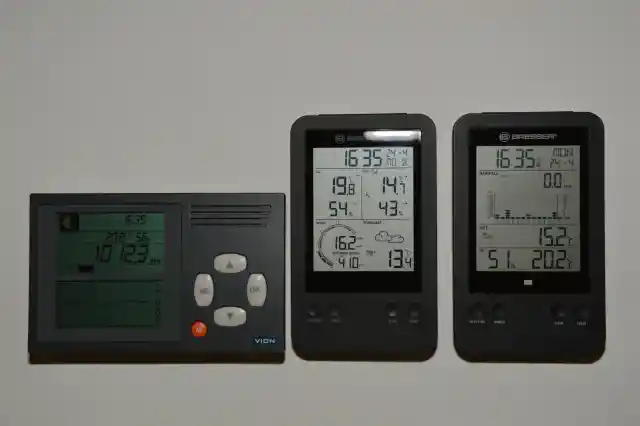
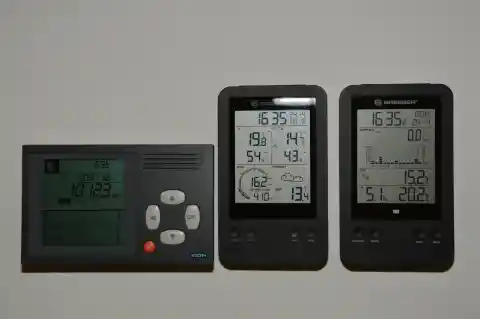
The key part here is automation. These devices will cover for you and turn themselves off even when you have forgotten to do that. This, as you can imagine, stops the wasteful use of energy as the devices turn themselves off. Various smart automation systems will detect when you’re no longer using a device and turn off the power supply. Programmable thermostats automatically adjust temperatures based on your schedule, ensuring efficient heating and cooling when needed. This modern efficiency will save you hundreds of dollars every year, money that you can channel to other places.
Lessen Water Usage


We know you like to bathe with your hot water so that you have long and relaxing baths, but geysers are quite expensive when it comes to energy consumption. Most people have to switch on geysers for about 45 minutes to an hour, and this consumes a lot of electricity. Some easy fixes to reduce your water consumption could be taking quick showers, using just the required amount of water while cooking, and turning off running taps when unused, even for seconds.
Use A Double-Glazing Door
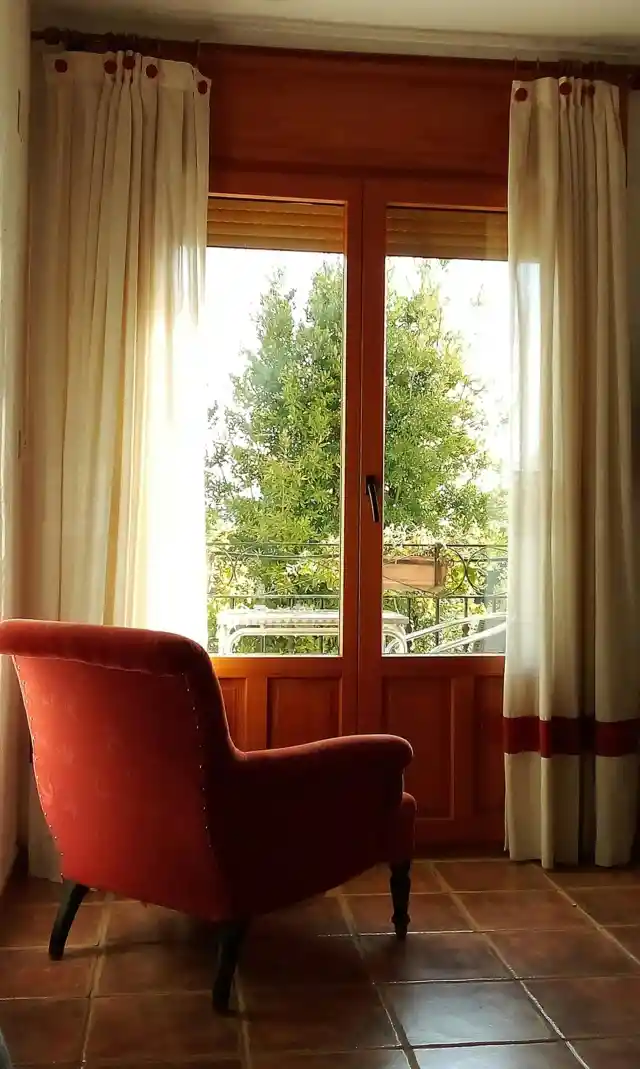
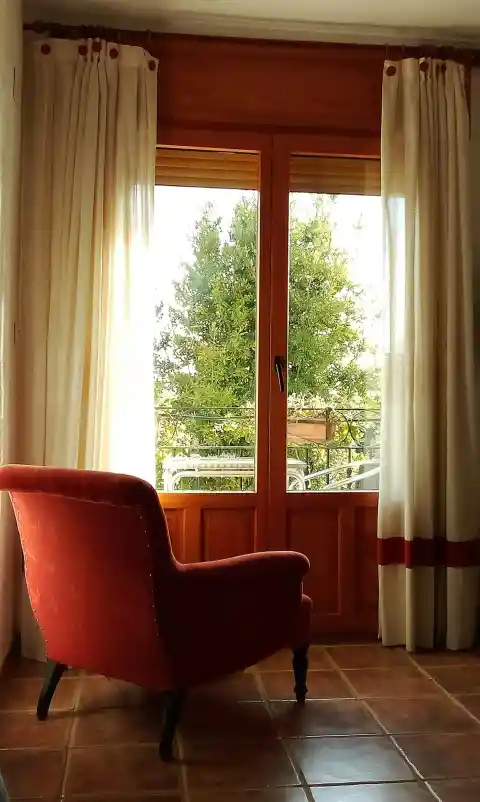
This might seem oversimplified, but listen, making use of double-glazing doors and windows will make a significant difference. Because of their insulation functionality, they can significantly reduce the emissions of greenhouse gases from heating and cooling, thereby reducing your carbon footprint and also lowering your energy bills. And you know what that means—the more energy you save, the more money you keep in your pockets.